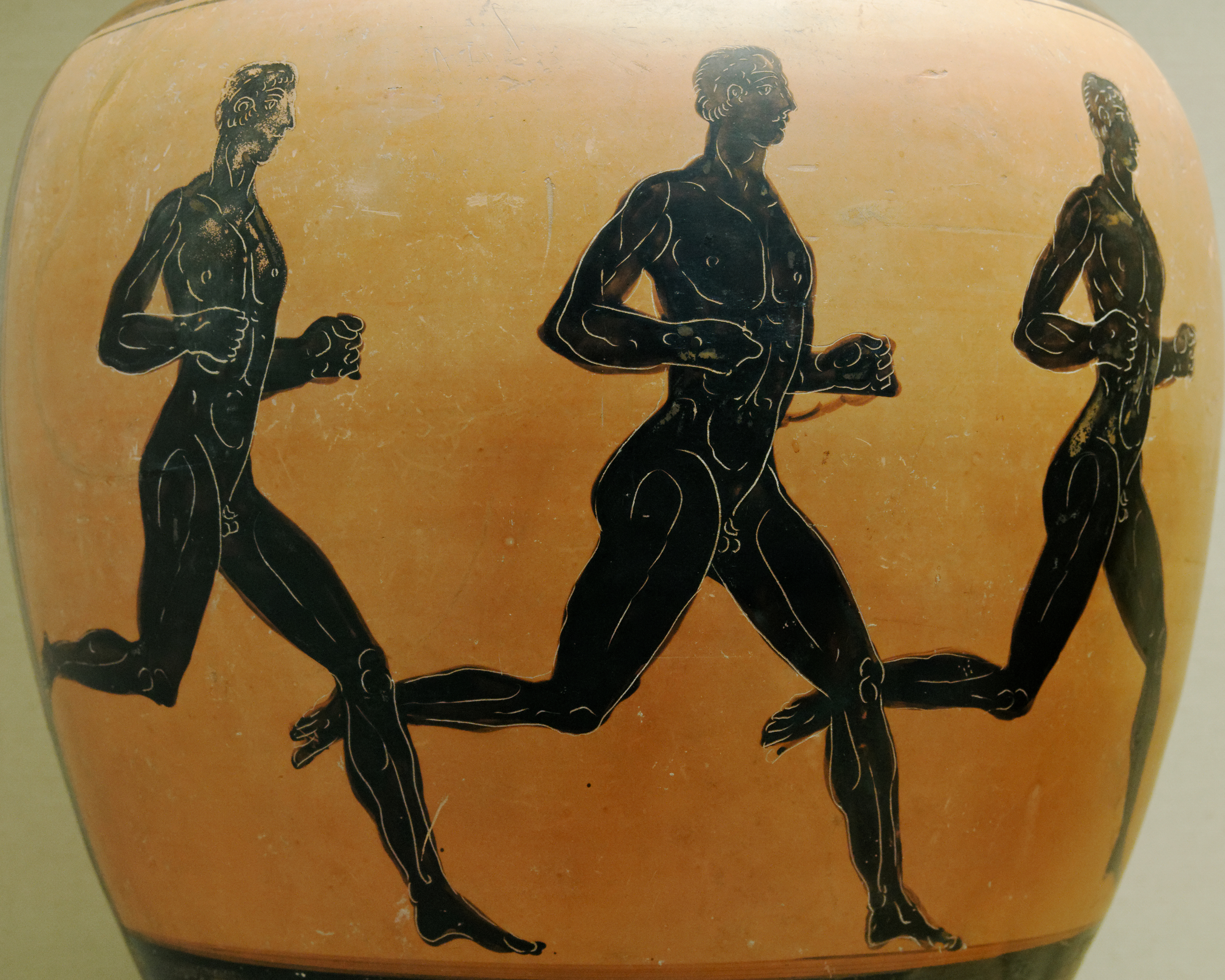|
Bruce Larson (racing Driver)
Bruce Larson (1937) is an American retired drag racer from Camp Hill, Pennsylvania. He became nationally known for his match races. He quit funny Car racing in 1972 after a bad fire and raced in the Pro Stock class for 2 years. He then returned to the Funny Car class and match racing until 1987 where he fought his way to the NHRA Funny Car Championship in 1989. He led the points chase from start to finish collecting 6 National Event wins, 5 runner ups and the Car Craft Funny Car Driver of the Year award. That championship car is now one of only 2 drag race cars in the collection of the Smithsonian Institution, the other being Don Garlits' rear engine dragster. He was inducted into the International Drag Racing Hall of Fame in 2006. Larson is remembered for his red, white, and blue USA-1 Chevrolet Camaros. Racing career Larson began drag racing as a 16-year-old at Linden, New Jersey in a chopped fenderless 1932 Ford coupe. Over the next ten years, he consistently won at local t ... [...More Info...] [...Related Items...] OR: [Wikipedia] [Google] [Baidu] |
Top Fuel
Top Fuel is a type of drag racing whose dragsters are the quickest accelerating racing cars in the world and the fastest sanctioned category of drag racing, with the fastest competitors reaching speeds of and finishing the runs in 3.641 seconds. A top fuel dragster accelerates from a standstill to in as little as 0.8 seconds (less than one third the time required by a production Porsche 911 Turbo to reach ) and can exceed in just . This subjects the driver to an average acceleration of about over the duration of the race and with a peak of over . Because of the speeds, this class races a distance, not the traditional drag-race length of one-fourth of a statute mile, or . The rule was introduced in 2008 by the National Hot Rod Association after the fatal crash of Funny Car driver Scott Kalitta during a qualifying session at Old Bridge Township Raceway Park in Englishtown, New Jersey. The shortening of the distance was used by the FIA at some tracks, and as of 2012 is ... [...More Info...] [...Related Items...] OR: [Wikipedia] [Google] [Baidu] |
Sportspeople From Linden, New Jersey
An athlete is most commonly a person who competes in one or more sports involving physical strength, speed, power, or endurance. Sometimes, the word "athlete" is used to refer specifically to sport of athletics competitors, i.e. including track and field and marathon runners but excluding e.g. swimmers, footballers or basketball players. However, in other contexts (mainly in the United States) it is used to refer to all athletics (physical culture) participants of any sport. For the latter definition, the word sportsperson or the gendered sportsman or sportswoman are also used. A third definition is also sometimes used, meaning anyone who is physically fit regardless of whether they compete in a sport. Athletes may be professionals or amateurs. Most professional athletes have particularly well-developed physiques obtained by extensive physical training and strict exercise, accompanied by a strict dietary regimen. Definitions The word "athlete" is a romanization of the , ''at ... [...More Info...] [...Related Items...] OR: [Wikipedia] [Google] [Baidu] |
People From Camp Hill, Pennsylvania
The term "the people" refers to the public or Common people, common mass of people of a polity. As such it is a concept of human rights law, international law as well as constitutional law, particularly used for claims of popular sovereignty. In contrast, a people is any plurality of Person, persons considered as a whole. Used in politics and law, the term "a people" refers to the collective or community of an ethnic group or nation. Concepts Legal Chapter One, Article One of the Charter of the United Nations states that "peoples" have the right to self-determination. Though the mere status as peoples and the right to self-determination, as for example in the case of Declaration on the Rights of Indigenous Peoples, Indigenous peoples (''peoples'', as in all groups of indigenous people, not merely all indigenous persons as in ''indigenous people''), does not automatically provide for independence, independent sovereignty and therefore secession. Indeed, judge Ivor Jennings i ... [...More Info...] [...Related Items...] OR: [Wikipedia] [Google] [Baidu] |
